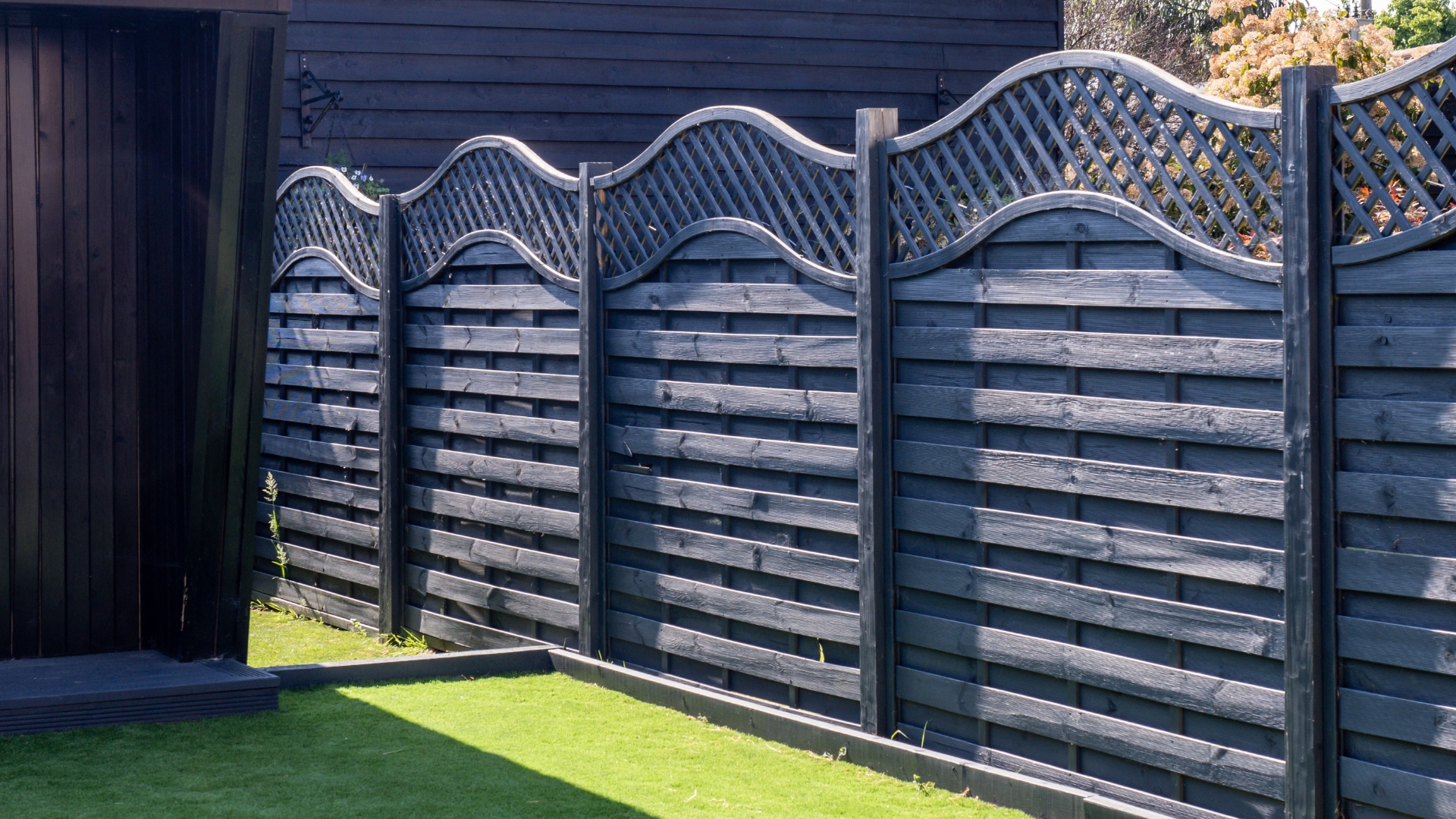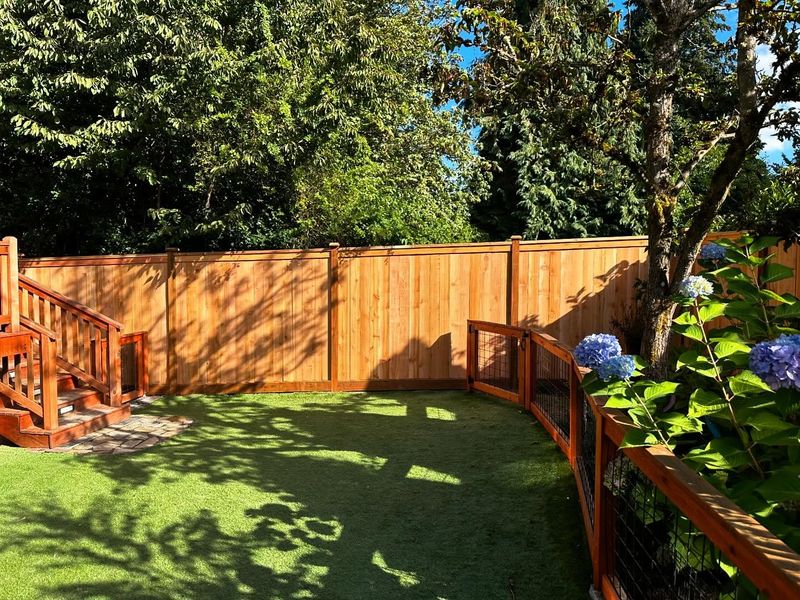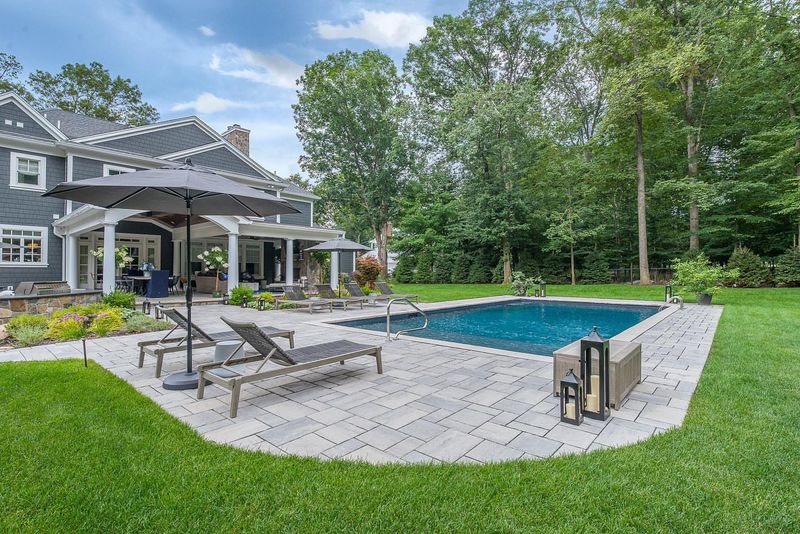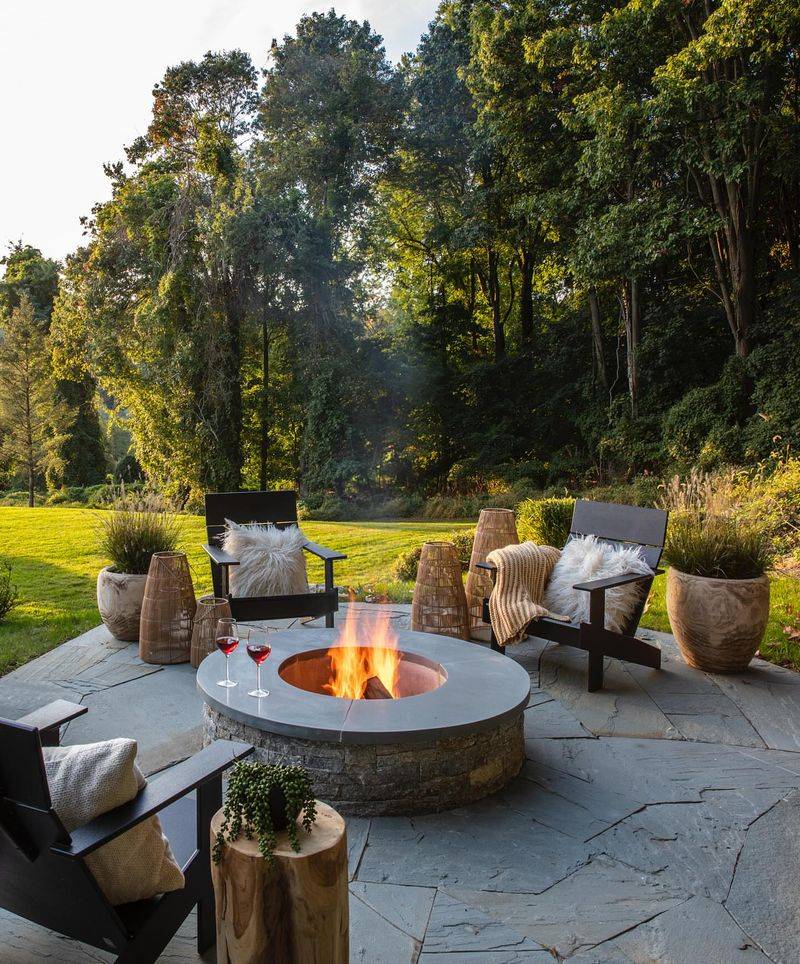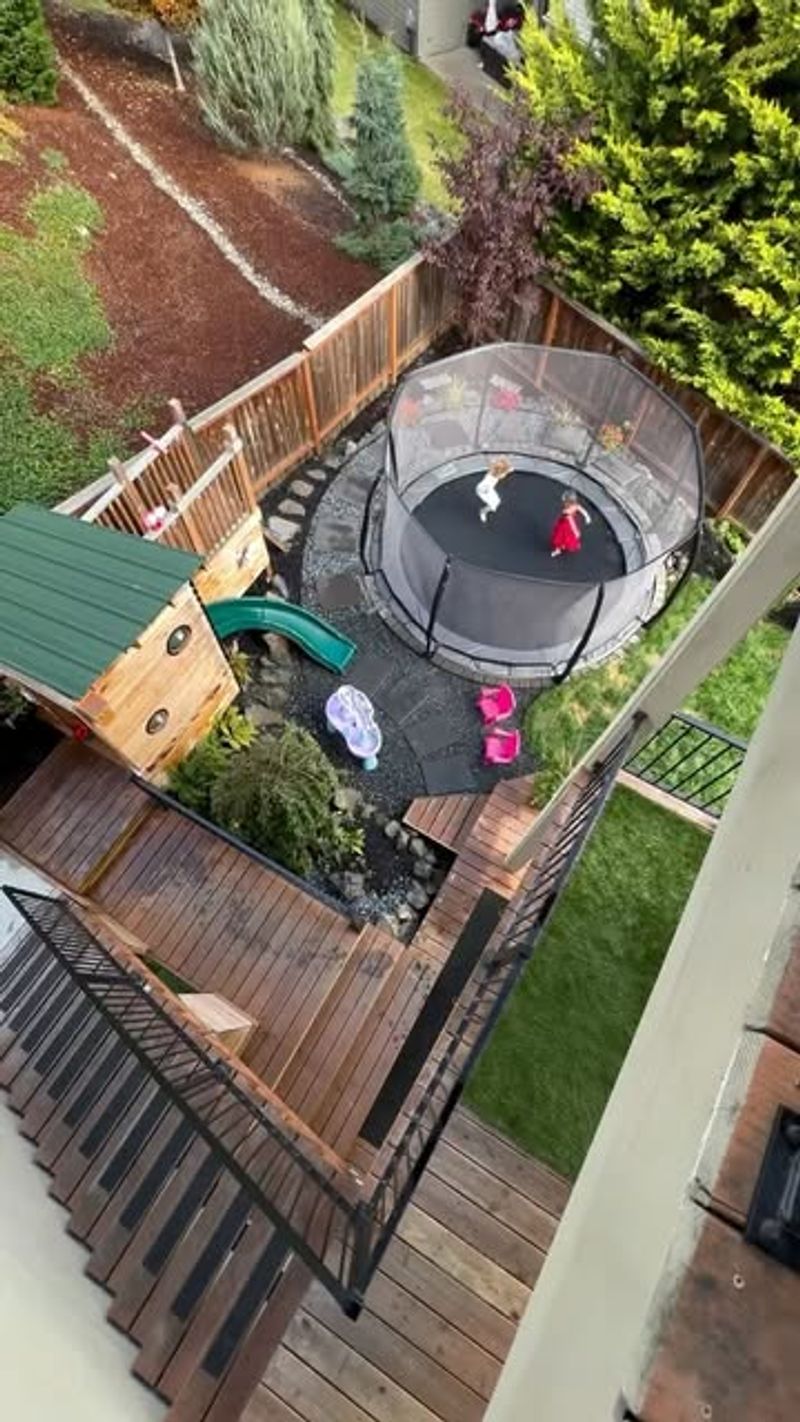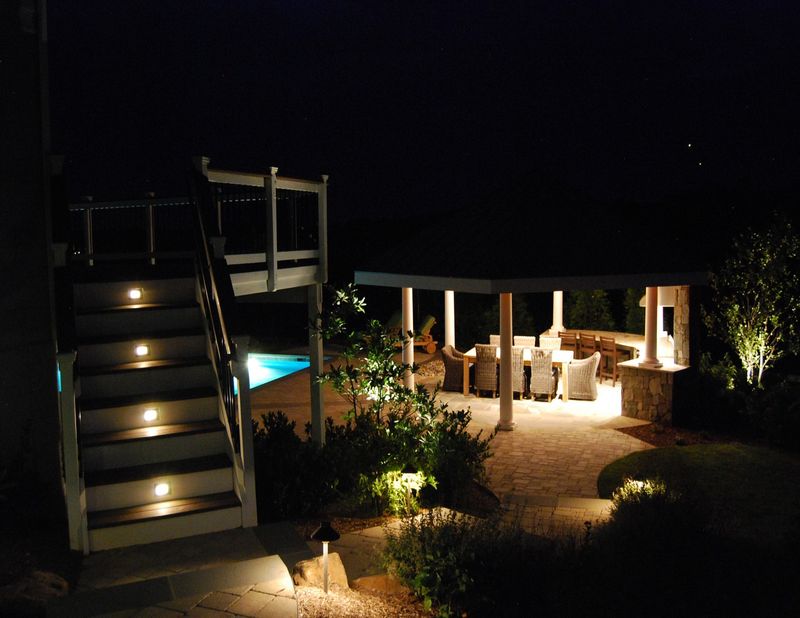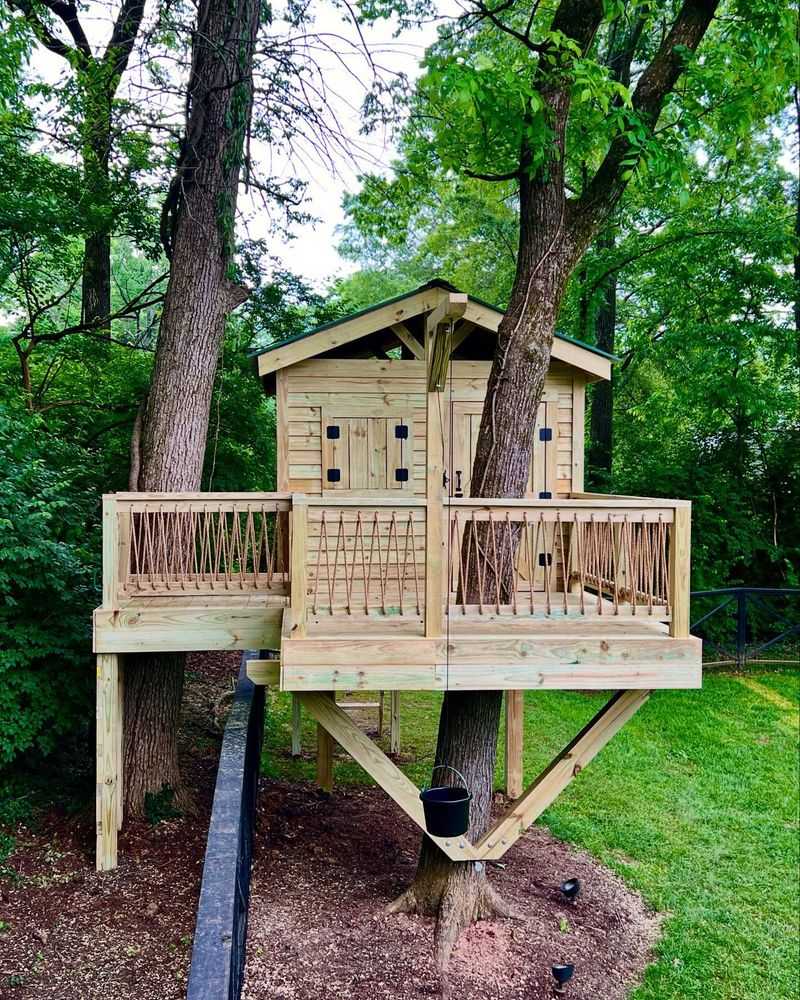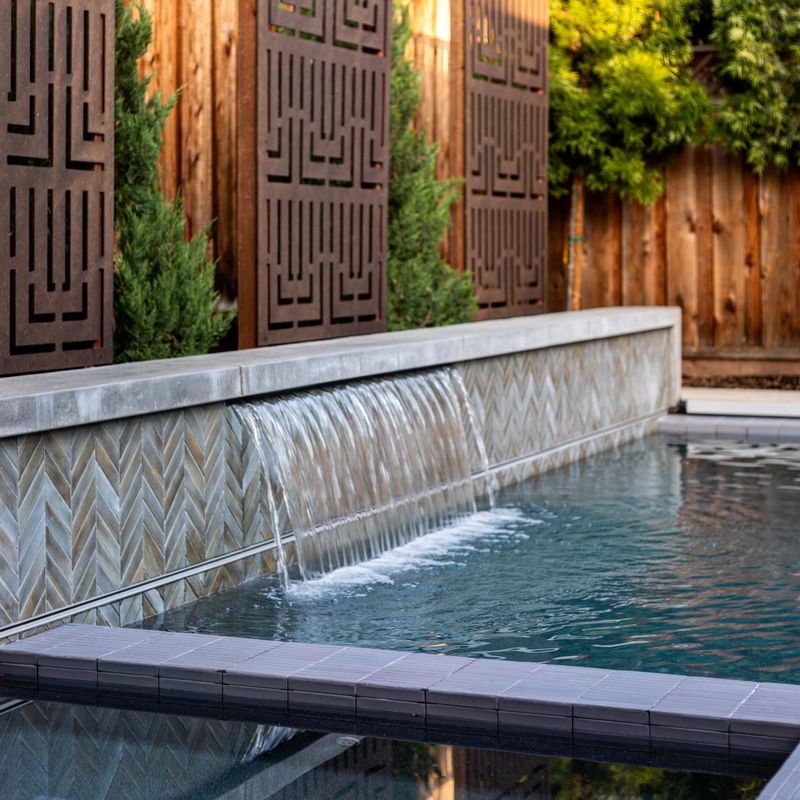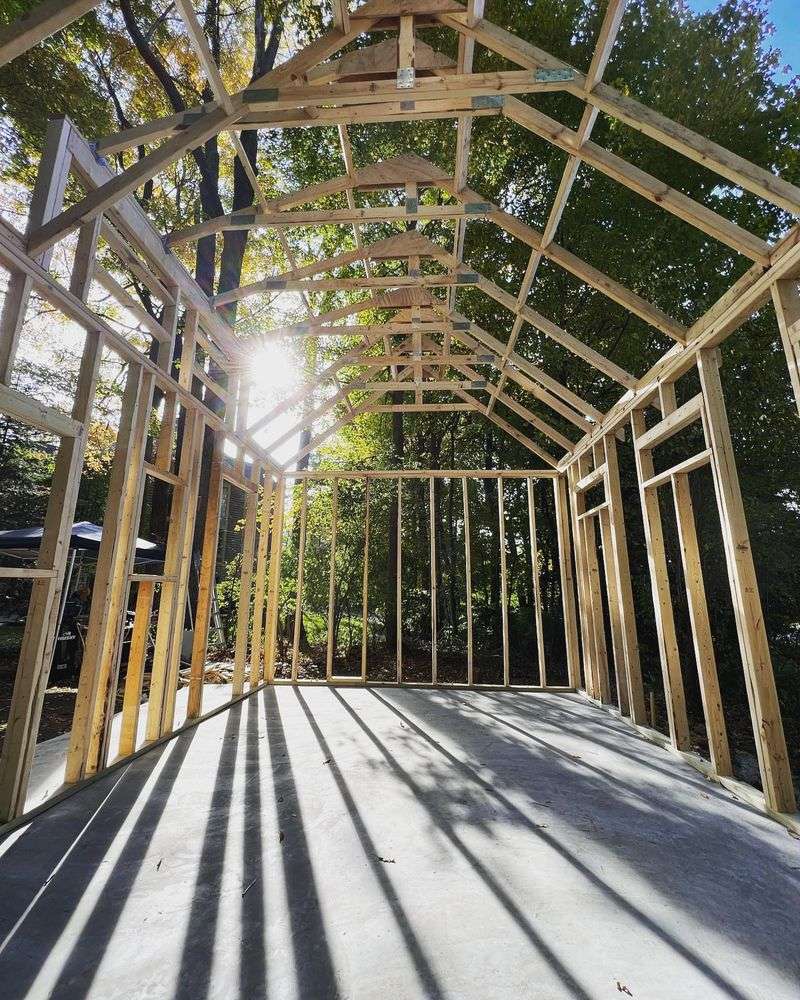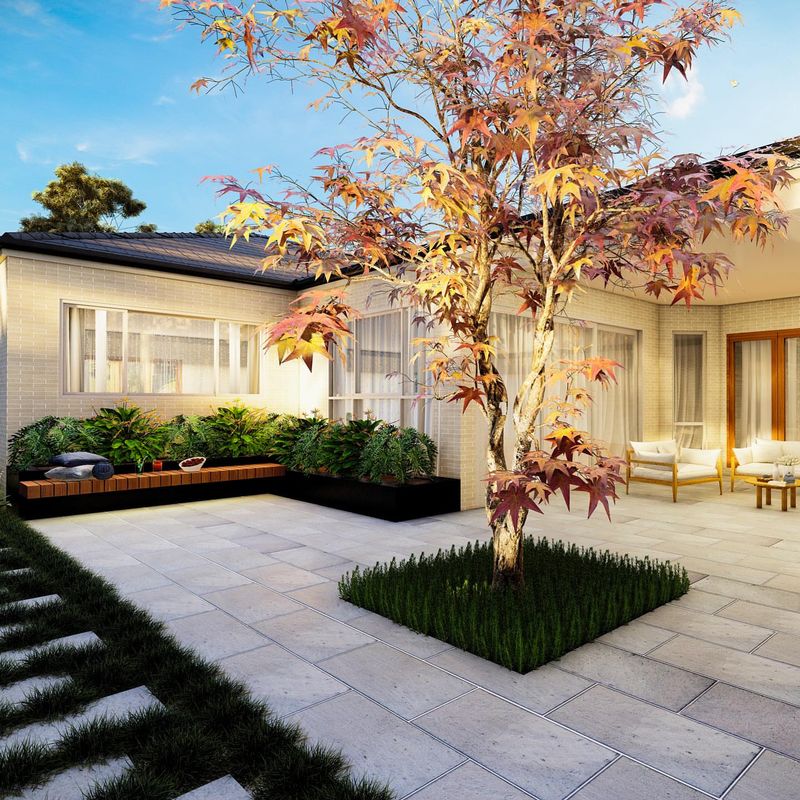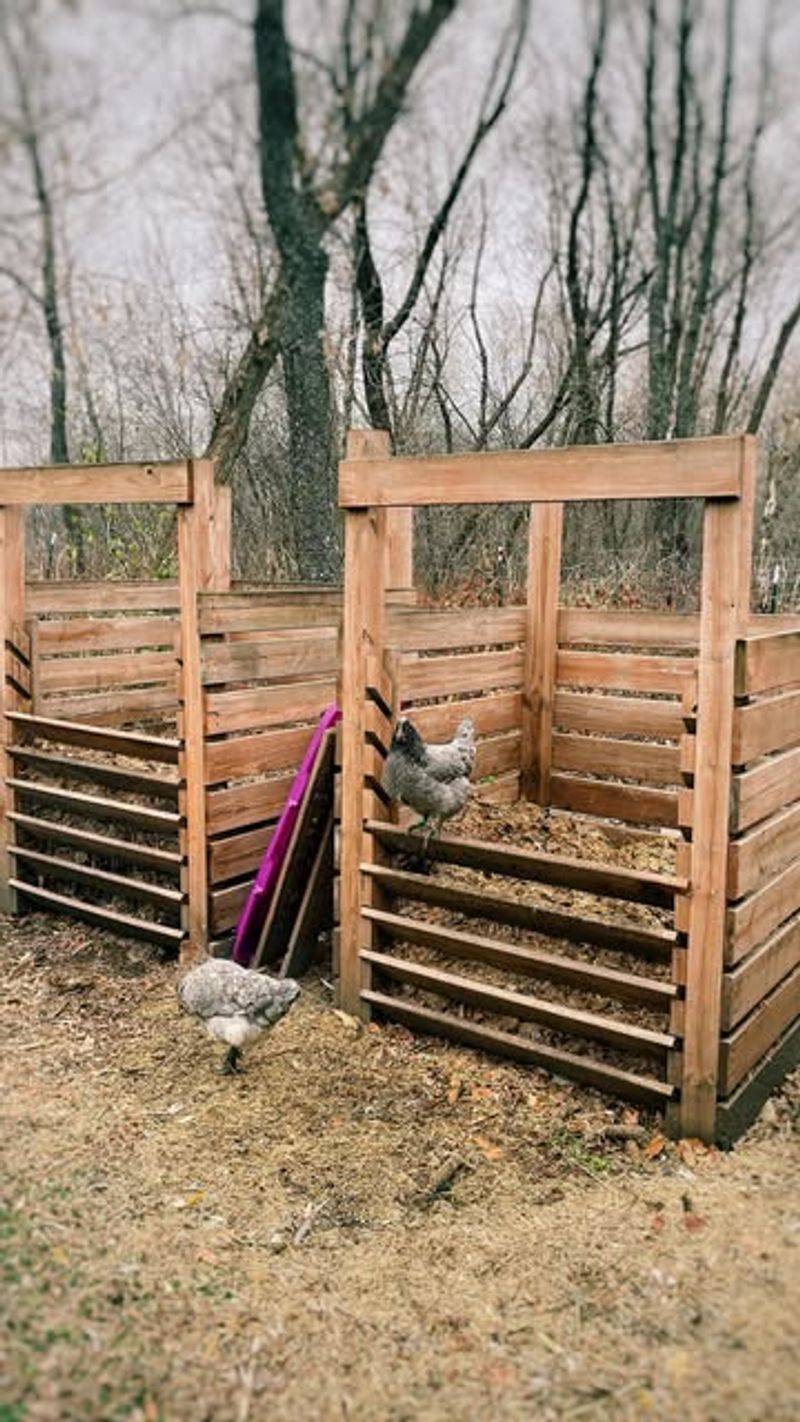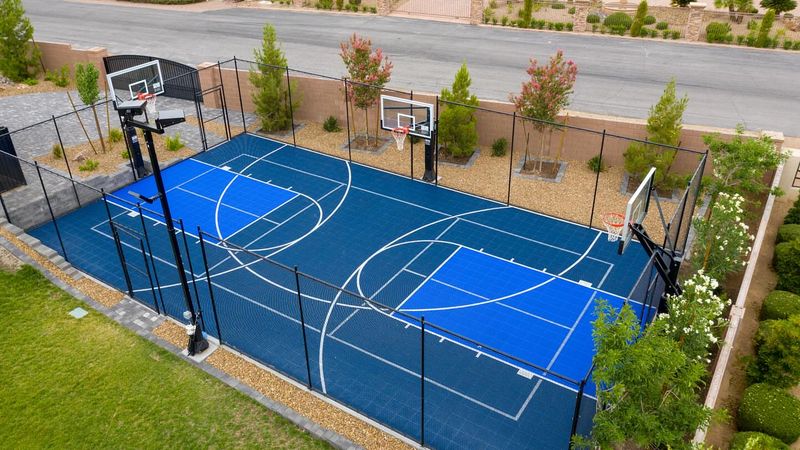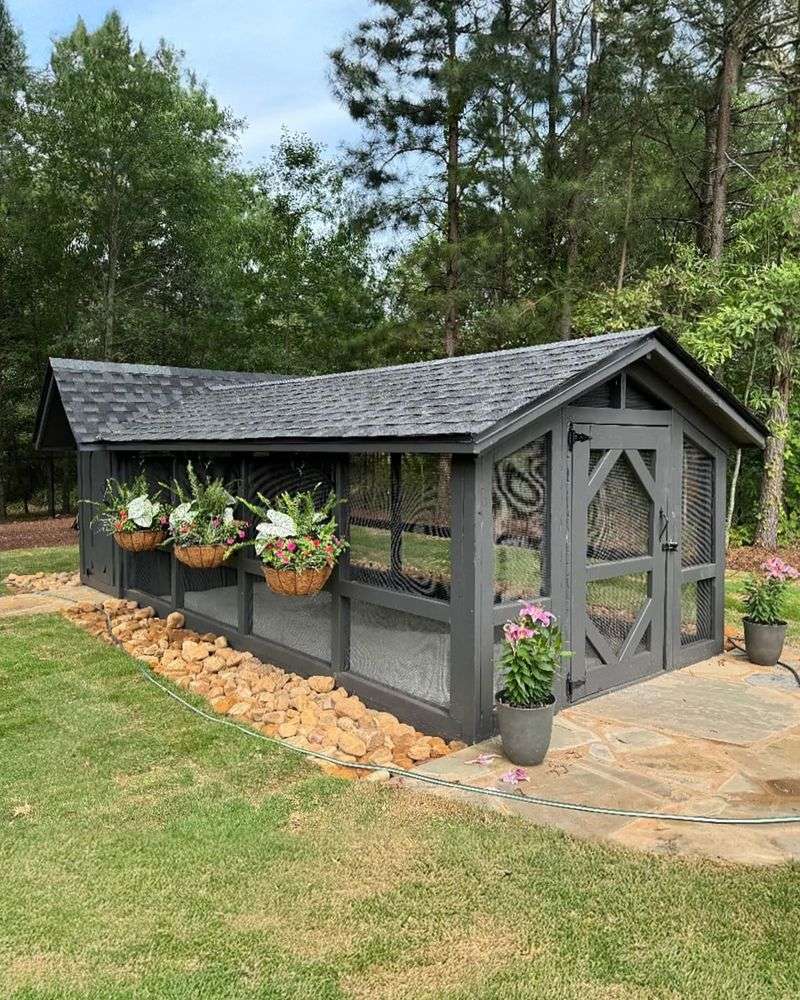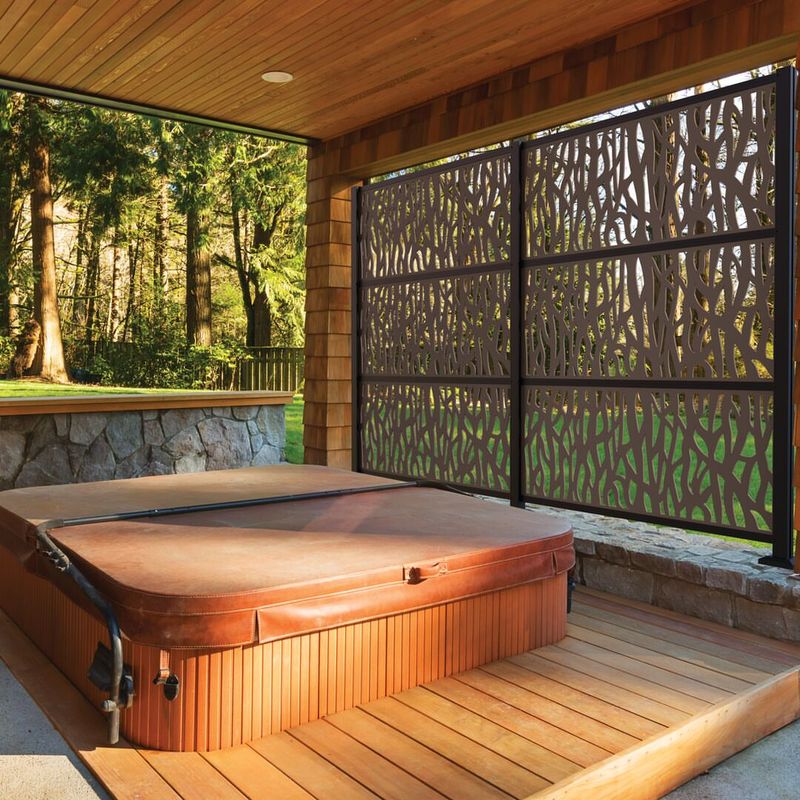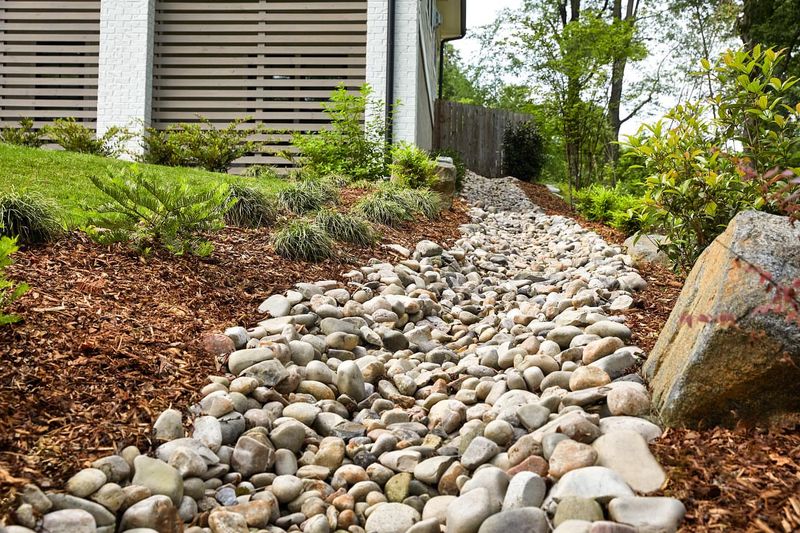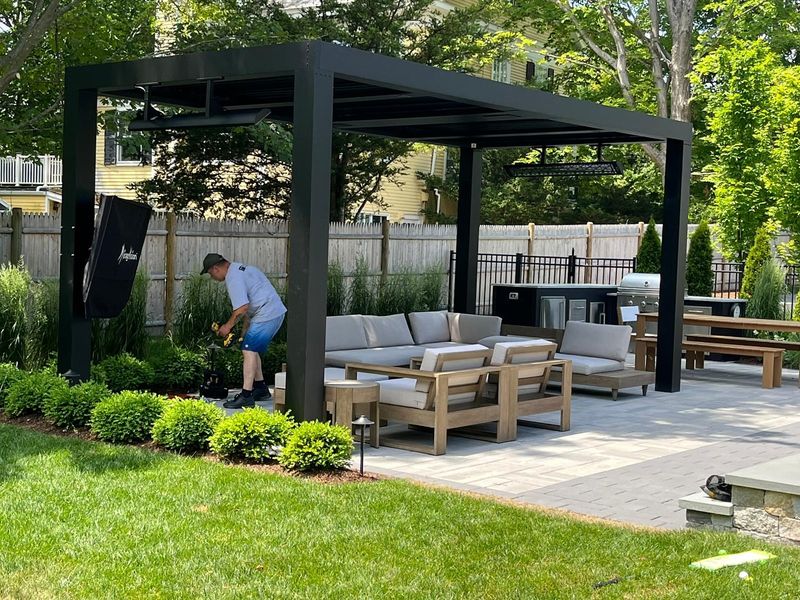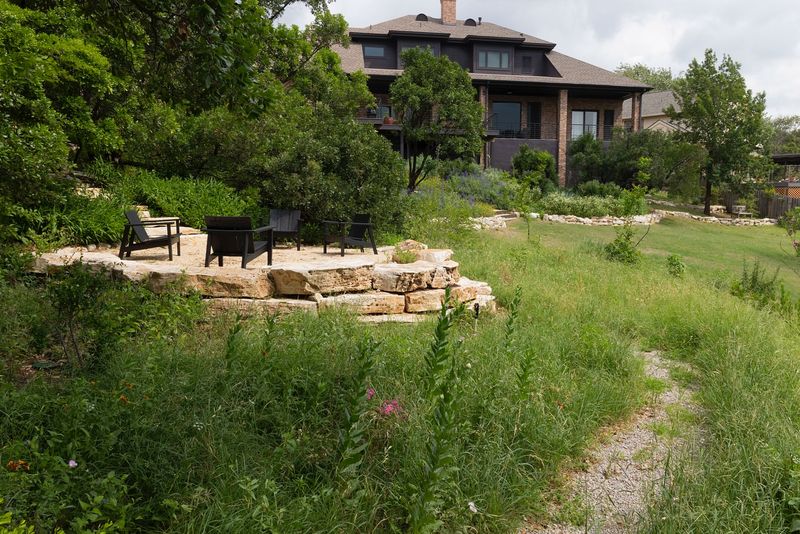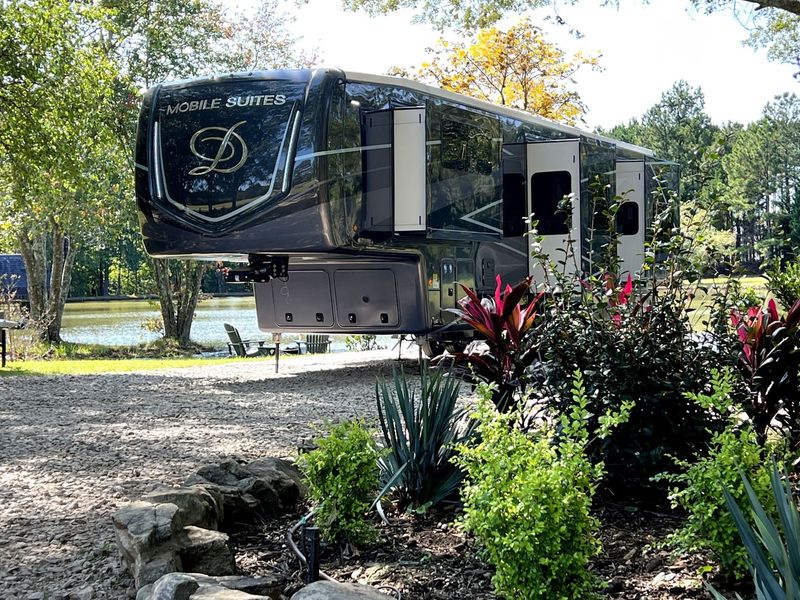Some backyard upgrades seem harmless—until they spark complaints, fines, or full-blown legal headaches. I’ve seen neighbors fall out over things as small as a fence or a shed in the wrong spot.
Before you add anything new to your yard, it’s worth checking what’s allowed and what might get you in trouble. I rounded up 17 common additions that could lead to unexpected drama (and how to steer clear of it).
Trust me, a peaceful backyard is better than a court date.
1. Tall Fences
Most neighborhoods have strict height restrictions on fences, typically around 6-8 feet. Installing one taller than allowed can trigger complaints about blocked sunlight or views.
Before building, check local zoning laws and homeowners association rules. Consider discussing plans with neighbors first, and think about attractive alternatives like privacy shrubs that won’t create such a stark boundary.
2. Swimming Pools
That refreshing backyard pool comes with serious liability concerns. Without proper fencing and safety measures, you could be legally responsible for any accidents, even if trespassers are involved.
Install code-compliant fencing with self-closing gates. Check insurance requirements and increase your coverage. Many areas require alarms or safety covers too – these aren’t just suggestions, they’re legal safeguards.
3. Fire Pits
Cozy evening fires might warm your heart but can burn your relationship with neighbors. Smoke drifting into adjacent yards creates nuisance complaints, while improper placement risks actual fire damage.
Check fire codes before installation. Many areas require pits to be a specific distance from structures. Consider smokeless options, and always inform neighbors before lighting up so they can close windows if needed.
4. Trampolines
Insurance companies call trampolines “attractive nuisances” for good reason. Kids from all over the neighborhood will want to jump, making you liable for any injuries that occur on your property.
If you must have one, install safety nets and padding. Consider placing it where it’s not visible from the street. Many homeowners policies exclude trampoline coverage, so check yours and get additional insurance if needed.
5. Bright Outdoor Lighting
Security floodlights pointing toward your neighbor’s bedroom window won’t win you any popularity contests. Light trespass is a common cause of neighbor disputes and can violate local ordinances.
Aim lights downward and away from neighboring properties. Use motion sensors rather than constant illumination. Consider warm-toned, shielded fixtures that provide security without creating the harsh glare that drives neighbors crazy.
6. Tree Houses
Your kids’ dream hideaway could be your legal nightmare if someone falls or if it overlooks neighbors’ private spaces. Height, visibility, and safety all factor into potential disputes.
Check building codes before construction – many require permits for structures over certain sizes. Keep the platform low, install railings, and position windows away from neighbors’ yards. A professional builder can help ensure it meets safety standards.
7. Water Features
That bubbling fountain sounds peaceful to you but might drive your neighbor mad with constant water noise. Worse, improperly installed ponds can leak into adjacent properties, causing damage.
Install proper liners and drainage systems to prevent water migration. Consider timers to shut off features at night, and place noisy pumps away from shared property lines. The sound of water should be subtle, not the main soundtrack of the neighborhood.
8. DIY Structures
That shed you built without permits might seem harmless until it collapses or decreases neighboring property values. Unpermitted structures can violate setback requirements and building codes.
Always check local regulations before building anything permanent. Even pre-fabricated sheds often require permits and proper foundations. Following setback requirements (typically 5-15 feet from property lines) prevents encroachment issues that could lead to forced removal.
9. Overhanging Trees
Your beautiful maple’s branches stretching into your neighbor’s yard can create surprising legal headaches. When fruit falls or branches damage their property, you’re typically responsible for the cleanup and repairs.
Regularly trim trees near property lines before they become problems. Know that while neighbors can legally cut branches that cross onto their property, you’ll still own the tree and any liability associated with it. Consider professional maintenance for large specimens.
10. Compost Piles
Your eco-friendly compost heap could stink up relations with neighbors if improperly maintained. Odors, pests, and unsightly appearances all contribute to potential nuisance claims.
Keep compost at least 10 feet from property lines and use enclosed bins rather than open piles. Turn regularly to prevent odors, and never add meat or dairy products. A well-maintained compost shouldn’t smell bad – if yours does, something’s wrong.
11. Basketball Courts
The rhythmic bounce of basketballs might sound like family fun to you but like Chinese water torture to your neighbors. Noise complaints are common, especially for courts installed near property lines.
Position hoops away from neighbors’ bedrooms and living areas. Consider installing sound-dampening fencing around the court. Setting reasonable hours (no early morning or late night games) shows respect and can prevent formal complaints.
12. Chicken Coops
Backyard chickens have surged in popularity, but not everyone appreciates waking to rooster crows or dealing with escaped hens digging up their gardens. Many urban areas restrict or prohibit poultry entirely.
Check local ordinances before bringing home chicks. Most areas that allow chickens ban roosters and limit hen counts. Build secure, predator-proof housing away from property lines, and consider soundproofing to minimize hen chatter that might irritate neighbors.
13. Hot Tubs
Your relaxation station could be a litigation station if neighbors object to noise, steam, or privacy concerns. Hot tubs near property lines can create uncomfortable situations when neighbors feel they can’t enjoy their own yards.
Install privacy screens and keep the tub well-maintained to prevent bacterial issues. Check decibel levels of pumps and heaters, positioning mechanical components away from shared walls. Many localities require permits and safety covers for hot tubs.
14. Drainage Modifications
Regrading your yard or installing new drainage systems can inadvertently flood your neighbor’s property. Water-related disputes are among the most common and contentious neighbor conflicts.
Never direct water flow toward adjacent properties. Consult a landscape professional before making changes that affect drainage patterns. Installing rain gardens or dry wells can help manage runoff while preventing the water problems that often lead to lawsuits.
15. Outdoor Speakers
Your backyard concert series might sound perfect to you but like torture to neighbors trying to enjoy their own outdoor spaces. Sound travels surprisingly far, especially bass frequencies.
Point speakers inward toward your house, not toward property lines. Invest in quality directional speakers that concentrate sound where you want it. Setting volume limits and reasonable hours for music shows consideration that can prevent noise complaints.
16. Invasive Plants
That beautiful bamboo screen seemed perfect until it invaded your neighbor’s yard. Plants that spread aggressively across property lines can trigger legal battles over removal costs and property damage.
Research before planting anything near boundaries. Use root barriers for spreading species like bamboo and mint. Some invasive plants are actually illegal to plant in certain regions due to their environmental impact and ability to damage infrastructure.
17. Recreational Vehicles
Parking your RV, boat, or camper in your backyard might seem logical until neighbors complain about blocked views or decreased property values. Many municipalities restrict large vehicle storage in residential areas.
Check local ordinances before bringing home that motorhome. Consider visual screening options like fencing or shrubs if storage is permitted. Off-site storage facilities might cost money but can prevent the neighborhood tensions that lead to formal complaints.

